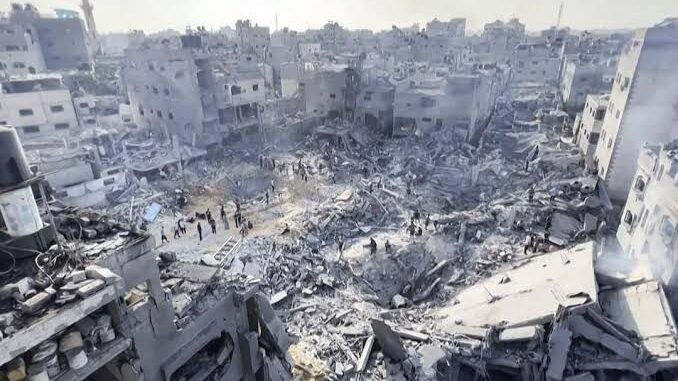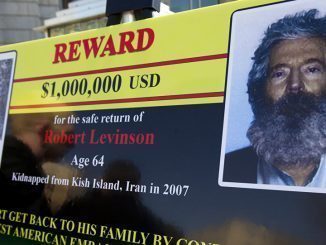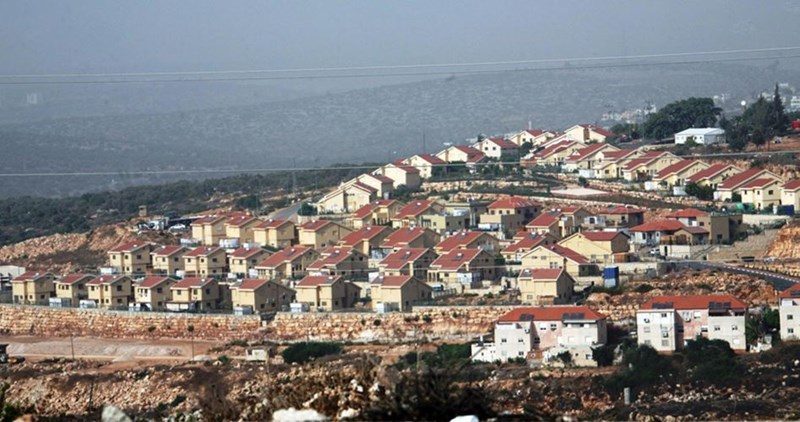
Hamas has already won the intelligence war on the 7th. of October because of the element of surprise, which has enabled the resistance movement to be in a defense position, with specific goals, even though the cost is high, states a situation paper.
Meanwhile, the Israeli army desires for revenge. As such, it is facing difficulty in determining its goals, despite the superiority of its military apparatus and its destruction capacities, the paper by Al Sharq Strategic Research adds.
In the aftermath of the Al-Aqsa Flood operation launched by Hamas on 7 October, “Israel” announced a war on Gaza, intending to “destroy” Hamas.
At first, the Israeli army launched vicious air attacks on Gaza. It later started a ground operation that has not yet evolved into a full-fledged invasion.
The initial plan to launch a full-scale ground invasion was faced with complications on the ground. These include the fierce resistance against the Israeli forces, the presence of 240 Israeli and foreign hostages in Gaza, and the dire humanitarian conditions, which have resulted in a shift in the global position and calling for ending the war.
Israeli leaders are talking about a long war, that has no precedent in Gaza. Regardless of the internal Israeli debate about the military feasibility of expanding ground operations, the coordinated offensive on Gaza from the air, sea, and land is likely to continue.
It has become clear that the destruction of civilian infrastructure is premeditated and aims to make at least half of the northern part of Gaza uninhabitable and force citizens to either migrate towards the south or potentially leave Gaza. This scenario could lead to the imposition of a wider buffer zone in northern Gaza.
Considering the ongoing humanitarian crisis in Gaza and the extreme measures taken by Israel in the West Bank, popular confrontations in the West Bank may increase, in parallel with the operations of Hamas and allied groups.
Outside the Palestinian territories occupied by Israel, Iran-allied militia groups in Syria and Iraq have been targeting American bases. Also, the Houthis in Yemen have officially declared war on Israel and tried to target southern “Israel” with drones and missiles.
So far, Lebanese Hezbollah has adopted a conservative military approach based on skirmishes at the Lebanese-Israeli border, which are characterized by their increasing intensity. The strategy adopted by Hezbollah will most probably focus on maintaining a “distraction front” rather than opening a “war front”.
Hezbollah will likely avoid a large-scale war not only because of the political and economic challenges faced by Lebanon but also to avoid direct targeting by the Americans.
Despite the mentioned, the strategic priority of Hezbollah is to prevent “Israel” from defeating Hamas in Gaza. However, Iran will decide whether there should be a regional escalation or not.
It is worth noting that, over the past years, Iran has invested in Hezbollah as part of a broad geopolitical equation through which Tehran aimed to raise the cost of targeting it militarily. Iran’s current priority is to contain the Gaza war to avoid exposing its vast military influence in the region to direct American targeting and use it instead to deter any potential attacks on its territory.
Likely scenarios
Despite difficulty to predict how the Israeli war launched on the Gaza Strip, following the “Al-Aqsa Flood” operation launched by Hamas on October 7, will end, however, there are potential scenarios, based on the evolving dynamics of the actors, states Al Sharq’s paper:
First scenario: Containing the conflict (present scenario): The most probable scenario for the coming weeks is that the conflict will primarily remain between the Israeli forces and Hamas in Gaza, amid regional and international pressure to avoid escalation. Israeli military operations, which include a ground invasion, will focus on weakening Hamas’ capabilities. However, the success of this operation remains uncertain. The resistance of Hamas, the complexities of urban warfare in Gaza, regional and international reactions, and pressure on the Israeli government related to the hostages’ issue are factors that will influence its outcome.
Second scenario: Regional escalation with a proxy war (high probability): The conflict has a high probability of expanding, particularly in the next three to six months. In this scenario, the conflict will geographically expand beyond Gaza and will attract regional actors. Iran could play an important role by mobilizing its regional network of proxies to challenge Israel’s interests. The United States may launch air strikes against Iranian proxies, while countries such as Saudi Arabia and Egypt will juggle between their security concerns and diplomatic engagements with the United States and “Israel”.
Third scenario: Large-scale regional war (weak probability): The conflict could escalate and lead to broader instability in the Middle East if disproportionate military responses and uncalculated offensives occur. Such a scenario is more plausible in the longer term. It may include the direct participation of Iran in the war and permanent deterioration in the security environments of countries affected by the war.
Fourth scenario: Diplomatic agreement (moderate probability): There is a small probability that international diplomatic efforts will lead to a ceasefire agreement. Global and regional powers are leading initiatives and exerting great pressure to promote negotiations. Indirect negotiations, mediated by Egypt and Qatar, may lead to agreements for the exchange of prisoners and hostages.
Scenarios 1 to 3 show potential gradual escalation paths. The occurrence of each stage increases the likelihood of the next. Also, transiting from one scenario to the next indicates the deepening and widening of the conflict, the paper states.



